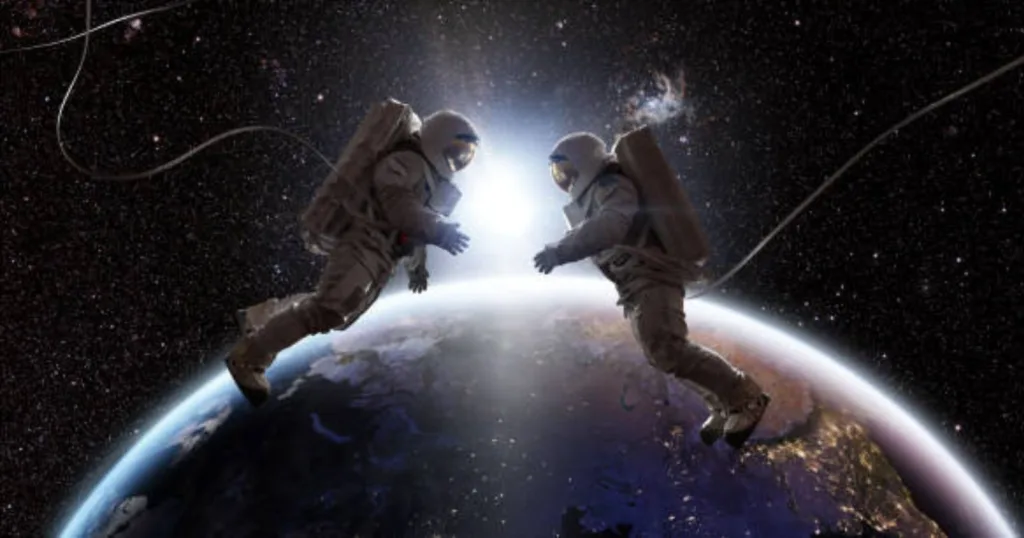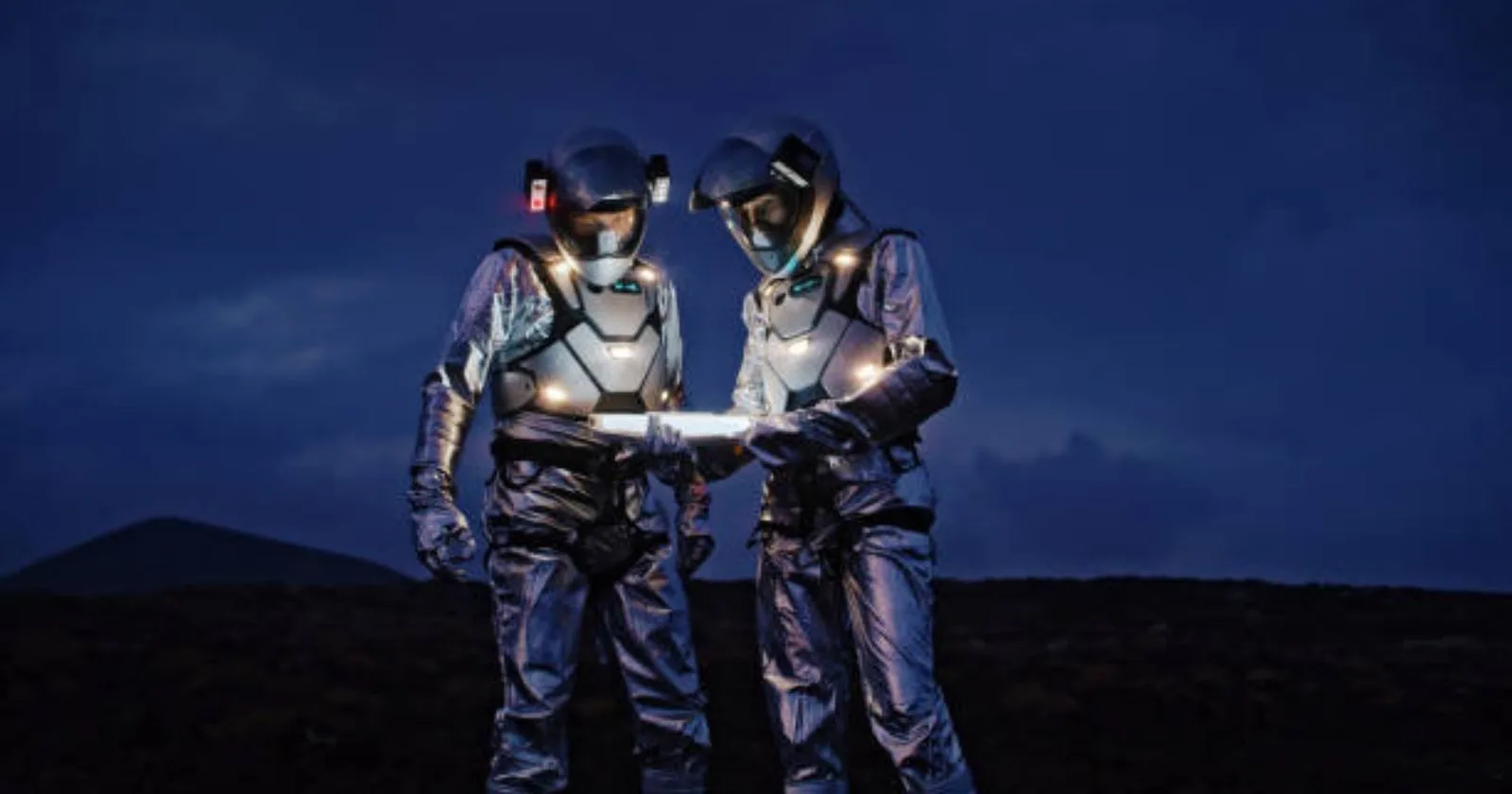Introduction:
What is the name of the robotic arm used by astronauts: In the vast expanse of outer space, where human endeavors meet the unknown, the need for advanced technology becomes paramount. Among the many tools aiding astronauts in their cosmic endeavors, one remarkable piece of engineering takes center stage—the Canadarm2. This robotic arm, a product of Canadian ingenuity, has become an indispensable asset for astronauts aboard the International Space Station (ISS) and has played a crucial role in various space missions.
↓What is the name of the robotic arm used by astronauts↓
The Genesis of Canadarm2:
The inception of Canadarm2, officially designated as the Space Station Remote Manipulator System (SSRMS), marks a significant chapter in the history of space exploration. Born out of the need for a more advanced and adaptable robotic arm for the International Space Station (ISS), Canadarm2 traces its origins to the success of its predecessor, the original Canadarm.
The Canadarm, the first generation of this robotic technology, made its debut on the Space Shuttle Columbia in 1981 during the STS-2 mission. Developed by the Canadian Space Agency (CSA), the Canadarm quickly became a pivotal tool for shuttle missions, showcasing its ability to deploy and retrieve satellites, handle payloads, and assist in various critical tasks.
As the ISS program gained momentum, the limitations of the original Canadarm became evident. The need for a more sophisticated and versatile robotic arm capable of handling the complex demands of the evolving space station led to the conceptualization and development of Canadarm2.

The Canadian Space Agency, building on the success and experience gained from the original Canadarm, embarked on an ambitious project to create a robotic system that would surpass its predecessor in both capability and functionality. The result was Canadarm2, a marvel of engineering designed to meet the challenges posed by the construction and operation of the ISS.
Launched into space aboard the Space Shuttle Endeavour during mission STS-100 in April 2001, Canadarm2 represented a quantum leap in robotic technology. Its modular design allowed for disassembly and reassembly in space, a feature that proved essential for future maintenance and upgrades. This adaptability ensured that the robotic arm could evolve with the needs of the ISS over time.
Canadarm2’s seven motorized joints, akin to the human arm, granted it a level of dexterity unparalleled in space robotics. This intricate system of joints empowered the robotic arm to move with precision, flexibility, and a range of motion that was crucial for its intended tasks.
The genesis of Canadarm2 was not just a technological leap but also a testament to international collaboration. The Canadian Space Agency collaborated with NASA, contributing its expertise in robotics to the broader goals of the ISS program. This partnership exemplified the cooperative nature of space exploration, where nations come together to pool their resources and knowledge for the greater good of scientific discovery.
In essence, the genesis of Canadarm2 represents a continuum of innovation and excellence in space robotics, showcasing the commitment of the Canadian Space Agency to advancing the frontiers of exploration. From the foundational success of the original Canadarm to the cutting-edge capabilities of Canadarm2, this evolution underscores the role of robotic technology as an indispensable asset in humanity’s quest to unravel the mysteries of the cosmos.
Key Features and Capabilities:
1. Modular Design:
Canadarm2 boasts a modular design that allows it to be disassembled and reassembled in space. This feature has proven essential for maintenance and upgrades, ensuring the arm’s longevity and adaptability.
2. Seven Motorized Joints:
With seven motorized joints, the Canadarm2 mimics the dexterity of the human arm, allowing it to move with precision and flexibility. These joints enable the arm to reach various points on the ISS, facilitating a wide range of tasks.
3. End Effector and Latching Mechanism:
The end effector, or the “hand” of the Canadarm2, is equipped with a latching mechanism that enables the arm to firmly grasp and manipulate payloads. This capability is vital for activities such as capturing and docking spacecraft, transferring equipment, and assisting astronauts during spacewalks.
4. Pan-and-Tilt Capability:
Canadarm2’s pan-and-tilt capability enhances its operational range. This allows the arm to navigate around the ISS structure, reaching critical points for tasks like inspections, repairs, and installations.
Roles and Applications:
1. Spacecraft Capture and Docking:
One of the primary functions of Canadarm2 is the capture and docking of spacecraft. Whether it’s a cargo resupply mission or a new module joining the ISS, the robotic arm plays a pivotal role in safely securing incoming vehicles.
2. Supporting Astronauts during Spacewalks:
Canadarm2 serves as a valuable assistant during astronaut spacewalks. Providing a stable platform, allows astronauts to focus on their tasks without the complexities of managing equipment in microgravity.
3. Payload Handling and Transfers:
The arm’s precision and strength make it an ideal tool for handling payloads, transferring them between different locations on the ISS, or assisting in their deployment into space.
4. Maintenance and Repairs:
Canadarm2’s modular design facilitates maintenance and repairs on the ISS. Astronauts can use the robotic arm to reach and address issues in areas that are otherwise challenging to access.
Conclusion:
As humanity continues to explore the mysteries of space, the Canadarm2 stands as a testament to the collaborative efforts and innovative spirit of nations. Its role in the success of the ISS program and various space missions highlights the importance of advanced robotics in space exploration. With its remarkable capabilities and versatility, the Canadarm2 remains an iconic symbol of human achievement in the cosmic frontier, opening new possibilities for the future of space exploration.
